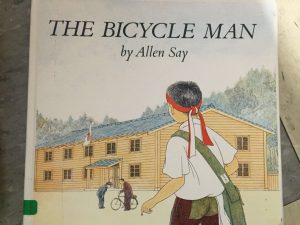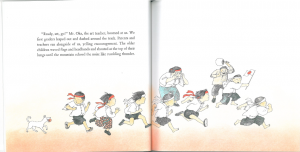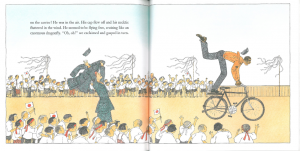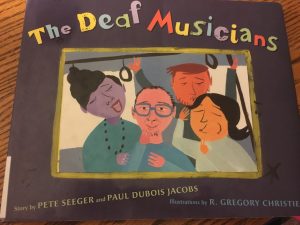
Title: The Deaf Musicians
Authors: Pete Seeger and Paul Dubois Jacobs
Illustrator: R. Gregory Christie
Publisher and Year: The Penguin Group, 2006
Number of Pages: 28
Analysis: The Deaf Musicians is about a man who loves music but is deaf. Initially, he is kicked out of his first band, but he meets other deaf musicians who create a quartet and they are successful musicians on the subway.
This book could function as a mirror for deaf people who love music. Deaf musicians are not typically seen throughout society, so having a book that is relatable to deaf musicians is important. A window could be another function for this book because other people may not think that people who are deaf can be musicians as well, but that is obviously not the case in this book. Deaf musicians are able to achieve and be successful in their own way.
Perceptually, the front cover had colorful and unique images, but the images were also diverse in skin color, characteristics, hairstyle and personality. The reader may also not be able to tell who the deaf characters are in the book, simply by looking at the front cover. That crucial aspect sends the message that not all disabilities change the outward appearance of the person. A person who is deaf can be just as successful as any other person.
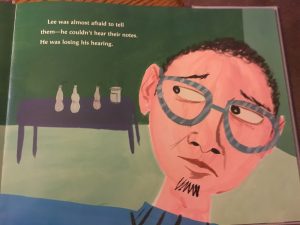
Structurally, the main character, Lee, was typically on the right side of the page or faced towards the right of the page until his quartet of deaf musicians were successful on the subway. Being on the right side of the page or facing towards the right is a way to portray that the character is less secure and stable. Lee’s security with himself could’ve been lost when being kicked out of his first band before finding the quartet of other deaf musicians. Bright colors in each image helps show freedom that Lee and the other musicians feel while creating their own music on the subway throughout the book.
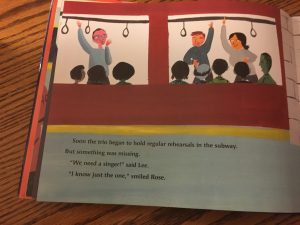
Ideologically, a crucial lesson that can be taken away from this book is that disabilities do not change the success a person can have. A disability may challenge the person, but having a disability does not mean that one cannot be successful. This book also teaches children that individuality and uniqueness is important and that all students should accept their differences because those characteristics are what make them special. Throughout the entire book Lee persevered and believed in his talents and abilities, which eventually lead to his success on the subway. Teachers strive to have all students accept and include any students with disabilities.
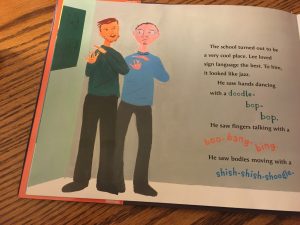

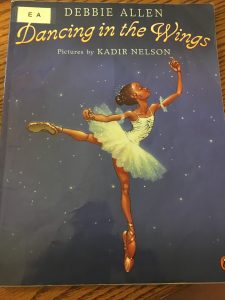 Title: Dancing in the Wings
Title: Dancing in the Wings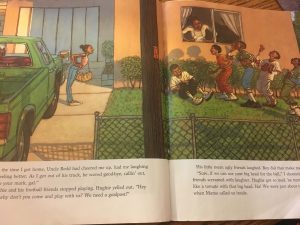
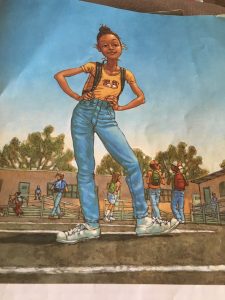
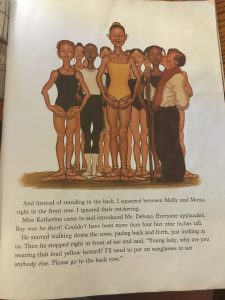
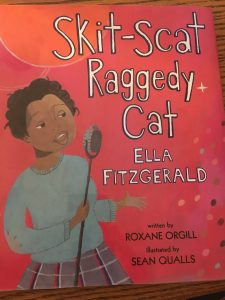
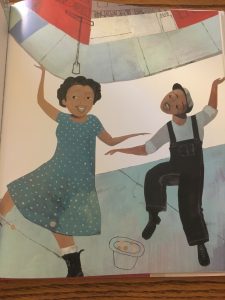
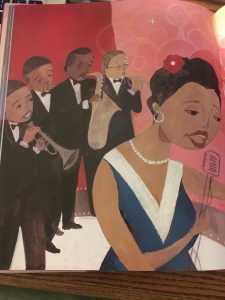
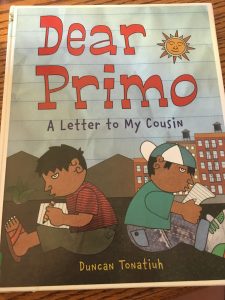
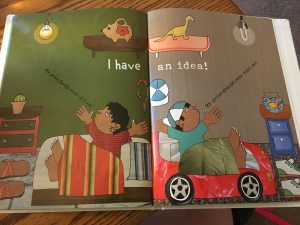 is seen to the right, the boys are both in bed, but the differences of their shoes, lights, beds, shelves, tables and toys all vary based on the culture and country that the boys live in. The images throughout the book add to the words. Often times when Carlitos is writing he will include words in Spanish, so the images help the reader to understand the meaning of those few Spanish words.
is seen to the right, the boys are both in bed, but the differences of their shoes, lights, beds, shelves, tables and toys all vary based on the culture and country that the boys live in. The images throughout the book add to the words. Often times when Carlitos is writing he will include words in Spanish, so the images help the reader to understand the meaning of those few Spanish words.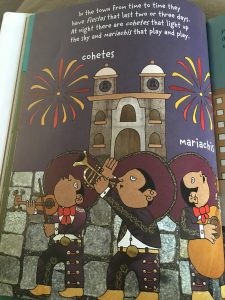



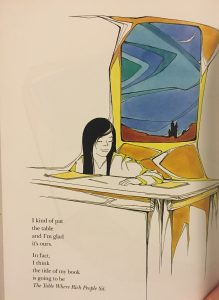
![2016-05-13_14.07.28[1]](https://blogs.iwu.edu/lrbmt2016/files/2016/05/2016-05-13_14.07.281-300x284.jpg)
![2016-05-13_14.08.39[1]](https://blogs.iwu.edu/lrbmt2016/files/2016/05/2016-05-13_14.08.391-300x149.jpg)
![2016-05-10_00.46.11[1]](https://blogs.iwu.edu/lrbmt2016/files/2016/05/2016-05-10_00.46.111-254x300.jpg)
![2016-05-10_00.44.45[1]](https://blogs.iwu.edu/lrbmt2016/files/2016/05/2016-05-10_00.44.451-300x188.jpg)
![2016-05-10_00.47.03[1]](https://blogs.iwu.edu/lrbmt2016/files/2016/05/2016-05-10_00.47.031-200x300.jpg)
![2016-05-10_00.43.28[1]](https://blogs.iwu.edu/lrbmt2016/files/2016/05/2016-05-10_00.43.281-300x225.jpg)
